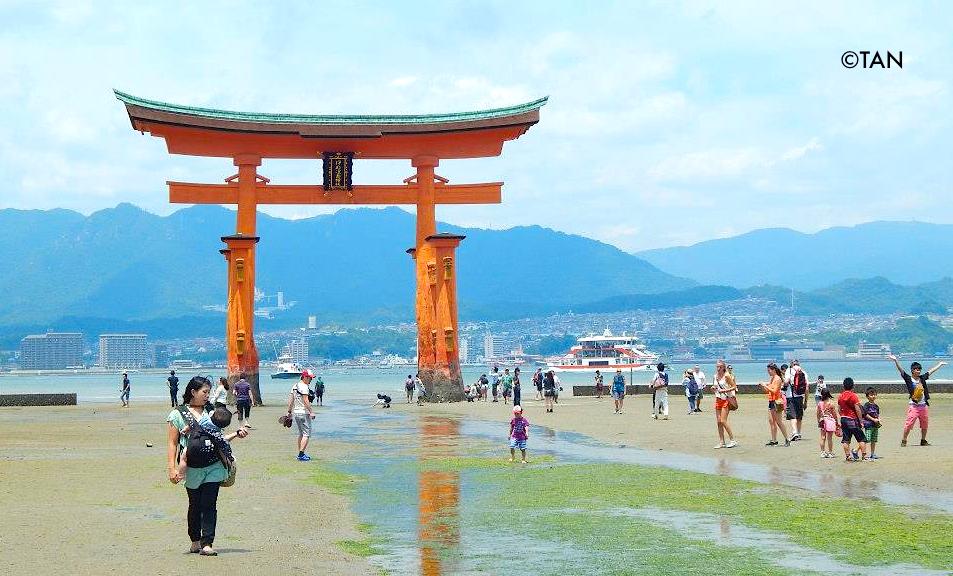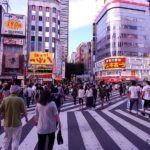
Tokyo (TAN): Japan is turning away visitors from its tourist destinations for bad behaviour.
The Nanzo-in Buddhist temple in Sasaguri, Fukuoka Prefecture, which is famed for its huge reclining Buddha, is taking action against such tourists. Posters have been put up at the railway station and across town that non-Japanese visitors are not allowed to enter the “place of worship”.
Speaking to Japanese newspaper Asahi Shimbun, chief priest Kakujo Hayashi said the problems began some 10 years ago when buses full of foreign tourists – arriving by cruise liners at the nearby Fukuoka – would flood the temple.
[ALSO READ: Here’s why ecology and tourism industry of Solomon Islands is threatened]
Some of them reportedly played loud music at the temple and went into a waterfall reserved for Buddhist monks. One tourist had even climbed on the roof of a building in the temple compound.
In 2016, the temple authorities decided to ban foreign tourists when the situation was getting out of hand and regular worshippers were starting to stay away.
“I want to accept all worshippers, but there are limitations to our capacity,” Hayashi was quoted as saying. “… we have to protect our place of prayer.”
Individual tourists, however, are still welcome and unruly Japanese visitors are also asked to leave.
[ALSO READ: Hue City in Vietnam has a problem. And it’s working to fix it]
The tourism industry in Japan has seen an unprecedented 31 million foreign tourists in 2018 and the numbers are only expected to climb with the country hosting several big-ticket international events in the next few years. These events include the G-20 summit and Rugby World Cup in 2019, the Tokyo Olympics and Paralympics in 2010 and the World Expo in Osaka in 2025.
“The ability to travel widely is often regarded as a basic ‘right’ or freedom. Any effort to constrain this can be regarded as discrimination or elitism (if based on price). However, we must remember that local people (and places) have rights too. The right to travel must not come at the expense of local people, in this case to protect sacred places and their beliefs from abuse,” Justin Francis of Responsible Travel told The Telegraph.
Japan now set the target to attract 40 million tourists by 2020 and 60 million by 2030. But various Japanese destinations are already experiencing the effects of overtourism. Kyoto is a case in point.
[ALSO READ: Guess what you can now catch on the cruise liner Norwegian Joy?]
“Undoubtedly the increase in tourists has had an influence on the daily lives of the citizens of Kyoto,” The Telegraph quoted Shuhei Akahoshi, head of the city’s tourism department as saying. “But we have several ongoing advertising campaigns that promote better manners among tourists. Our goal is harmonious coexistence and mutual benefit between our citizens and our guests, and we address the various problems that arise through innovation.”
The Yatsushirogu shrine in Yatsushiro, Kumamoto Prefecture, the report added, had temporarily stopped allowing anyone to enter on days when cruise ships arrived at the nearby port.




